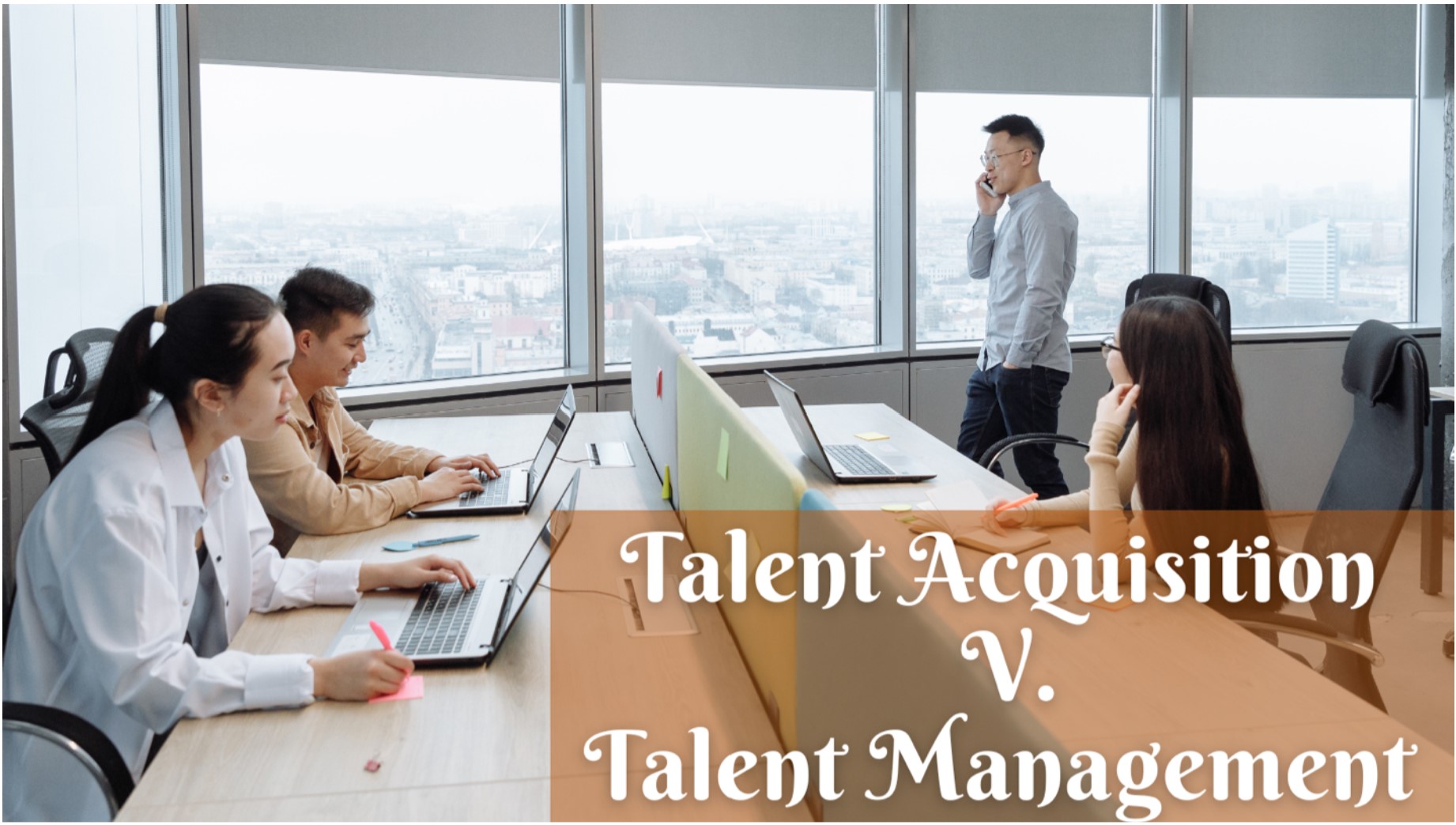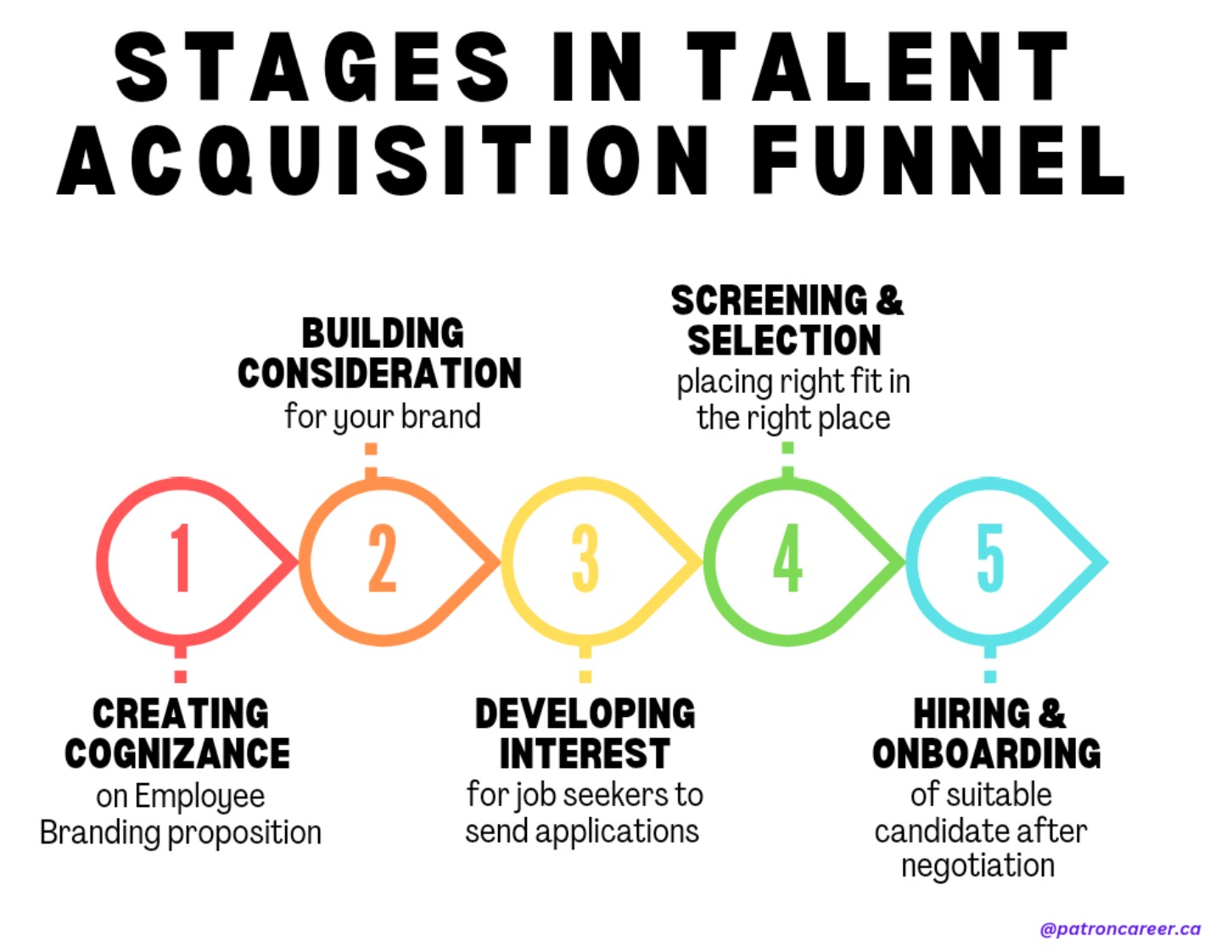
First day at work
28 December, 2022
Patron Career Staffing firmly believes in adopting a tailored approach to meet temporary and permanent recruitment needs. We safeguard the interest of our clients by finding such workers who are knowledgeable and reliable.
About UsNeed help? Make a Call
32 Dundas Street East Unit A, L5A1W2

The Patron career staffing team consists of expert and skilled people who believe in delivering quality staffing services for domains like- finance and accounting, transportation, retail, hospitality, manufacturing, and accounting. We help you to secure diverse employment in permanent, temporary, and contractual capacities.
Attracting, maintaining, and retaining the brightest talent isn’t a one-time event. It is a continuous process, that demands time, money, and effort in building relationships with top talent. Often the terms attracting talent and then keeping talent are confused with one another, but they are different knacks. Talent acquisition and talent management are such concepts of HRM that deal solely with people management.
This article explores different facets of the talent lifecycle. Often used synonymously, talent acquisition and talent management are distinct HR terms. But there's an essential difference between the two. So let's dive in and once and for all, elucidate these terms for all companies out there.
Talent is a blanket term that incorporates a full range of hr processes to draw, retrain and lead top-quality talent in the workplace. As an HR professional, you may have probably tossed around the word talent more than you know. Skills-both innate and learned abilities, performance, insights, capabilities, and proficiency are all attributable to talent. So we can say that talent is the genus and all such above characteristics are its species. Talent can be discovered, observed, and measured. After all, it plays a crucial role in scaling the business's success and fame.

Talent acquisition is an ongoing process of finding, choosing, and hiring the right candidate who is most suitable for the vacant job position in an organization. Note that this is a continuous process to match the current and future demands of workmen and ascertain the exact hiring needs of the company. The HR team performs job analysis as its first initial step in finding skilled candidates. Other routine talent acquisition tasks performed by the HR team or department are:
Building job descriptions and specifications- this is done to specify vacant positions in different job departments or designations. An attractive and curated job description will benefit the company more than an unappeasable one.
Sourcing and reaching out to the candidates- the hiring team advertises the open positions and publishes the job advert. The expanded pool of candidates looks out at vacancies through online job sites, social media platforms, billboards, etc.
Shortlisting - screening is the process by which HR interviews potential candidates. But first, they create a list of suitable candidates based on the resumes and cover letters. This overall process is also called vetting.
Hiring and Onboarding- the new hire is required to be introduced to the company’s policies and work regime. It is more of a make-or-break situation for you. How comfortable you make the new employee, will quite determine his performance at work.
The best way to talent acquisition is through employer branding. A lack of strong employer branding will disregard the recruitment process. It acts as a hindrance to attracting and keeping fine talent. Therefore, creating awareness about your unique value proposition and company statement will draw the best people and build a positive brand image.
Our tip- focus on putting forward a diverse culture through your company website. You should even have a diverse interview panel and write inclusive job descriptions.

Talent management, on the other hand, works on employee engagement, career development, motivation, and retention of the best workforce. The key here is to manage employees in a way that leads to their learning, development, recognition, and productivity. Companies need a talent management strategy that focuses largely on retaining employees and lower employee turnover.
For effective handling of the workforce, various processes are involved, such as:
Employee engagement and experience- the employee experience will surge, provided you keep a positive environment. This is possible when your employees feel appreciated and involved. Overall skills and output is deemed to increment.
Coaching, education, and training- career development of the employees are possible only when the HR focuses on delivering training for better performance. Talent management's basic objective to teach employees to become leaders is achieved. With proper training courses, your employees grow and so does your business.
Performance management- it entails taking necessary steps to ensure smooth and stay performance of the workforce. With proper strategies, you can maintain or improve the current performance of employees with desired performance. Also, performance reviews and appraisals are critical. It measures and evaluates performance and gives you the list of employees ready for promotions or demotions.
You can read our blog on Performance Appraisal , for an in-depth understanding.
Reward and recognition - with processes go hand in hand. Without proper recognition of employees who excelled, you are likely to demotivate them. Employees who feel unappreciated often quit their jobs, leading to a massive talent shortage storm. So the best approach here is to celebrate wins and acknowledge your employees for their labor. You will eventually retain top talent, provided you fulfill such requirements.
Retention- after all, everything comes down to one standpoint i.e retention of quality talent. Our employee retention strategies will keep you abridged on benefits and best practices for keeping your best people at your company for longer.
Talent acquisition precedes talent management. While the first aims at drawing in, finding, and hiring candidates, the second ensures that selected candidates become an asset to the organization. Both aren’t the same, as explicated above and so require different streamlined efforts. Both are mutually exclusive, indispensable departments in an organization. The HR department should focus on the synchronization of these processes to achieve significant results.
